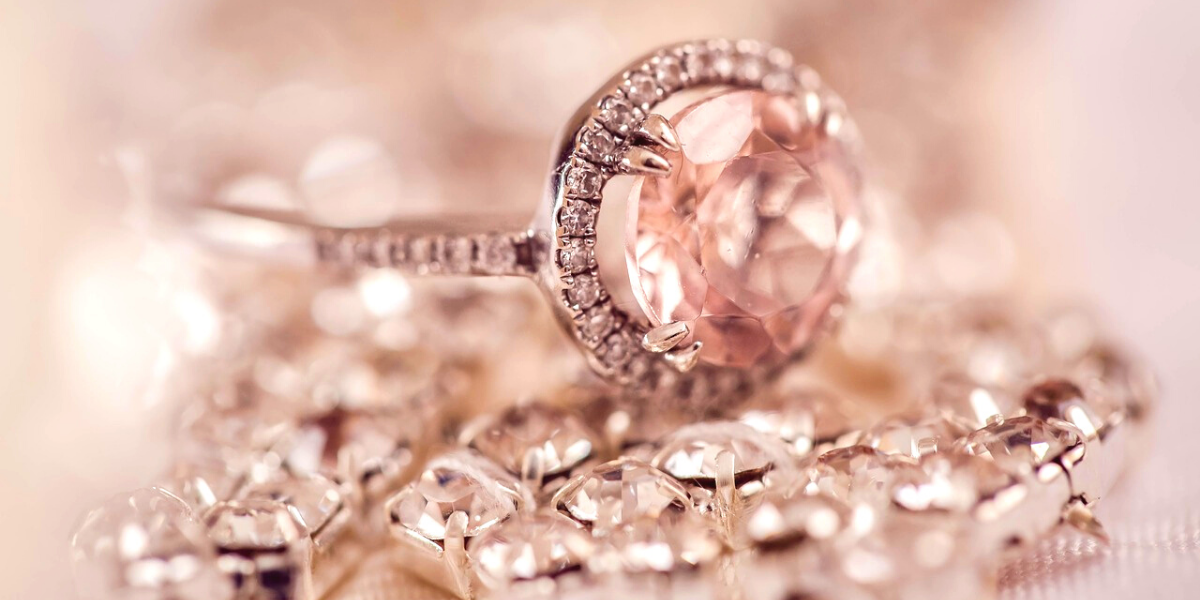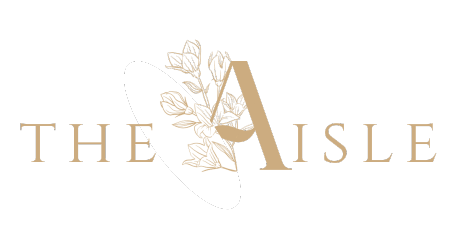

Man-Made Versus Natural Diamonds How Can You Tell the Difference? And Why You Should Care
.Man-Made Versus Natural Diamonds – How Can You Tell the Difference? And Why You Should Care
Despite many weddings being postponed because of the pandemic, we’re happy to know that couples all over the globe are still getting engaged. As such, many couples will shop for diamond rings to help pledge their love. But when it comes to choosing between man made versus natural diamonds – how the heck can you tell the difference. Here’s what you should know:
What’s What in the Diamond World
Guest Post By David Craig Rotenberg, Past President, AGS Jewelers Education Foundation
In the jewelry world, it used to be a “real” diamond was, well, a real diamond. Most shoppers and any reputable jeweler could easily tell cubic zirconia or moissanite from a natural diamond. Today, however, with newer “lab-grown” diamonds entering the marketplace, the differences may be harder to note. Savvy buyers need to understand what they’re getting.
Similar Characteristics
Natural and man-made diamonds share the same chemical, physical and optical characteristics. They both look shiny and sparkle. They both are incredibly strong, have inclusions (fractures), and can be cut into any shape. But there are real differences that may make you want to do your research when considering a man-made diamond over a natural one.
Mined or Made?
Natural diamonds are “born” deep beneath the earth’s surface and may have been awaiting discovery for millions of years before they are mined. On the contrary, lab-grown diamonds are mass-produced via one of two methods, high pressure, high temperature (HPHT), which mimics the kind of conditions that form natural diamonds, or chemical vapor deposition (CVD,) which uses carbon-rich gas in a vacuum chamber. Because of the mass-production methods, lab-grown diamonds are less expensive, which is a desirable factor.
Man Made Versus Natural Diamonds, How Do You Tell The Difference?


Surprised girl gets engagement ring from boyfriend on marriage proposal on a beach town in winter
Questioning Sustainability and Economic Impact
While the FTC requires total specific disclosure language like “cultured diamond” to describe a man-made diamond, this specialized language was obviously lacking in enough cases that, in 2019, the FTC warned lab-grown diamond manufacturers against advertising these diamonds as “eco-friendly, “eco-conscious” or “sustainable,” since those terms “can be interpreted to imply certain specific environmental benefits” and “it is highly unlikely that they can substantiate all reasonable interpretations of these claims.” Additional research, such as that relayed in a Vogue Business piece last year, points to the positive socio- and economic aspects of diamond mining. The debate goes on.
Obtain an Expert Appraisal
These days, never assume any diamond is a naturally mined diamond unless you have the reliable certification to prove it. While most jewelers can employ simple thermal tests to easily compare natural diamonds to cubic zirconia, the comparison of natural to lab-grown is more difficult unless the diamond contains minuscule laser inscriptions to tell you. Even the most highly-skilled, certified gemologist needs to utilize more advanced identification methods, special instrumentation, and sophisticated tools to test for provenance.
Consider Re-Sale Value
Natural diamonds from the earth will always require mining. They historically appreciate and this positive trend is unlikely to change. On the contrary, the cost of lab-grown diamonds, which are sold at a reduced price compared to natural diamonds, will continue to decline thanks to improvements in mass production.
With no secondary market for man-made diamonds, there’s a good chance that if down the road, you tried to sell today’s beautiful one-carat lab-grown diamond you will not get anywhere near the purchase price. Another red flag – some disreputable stores, and I wish I could say they didn’t exist, could be selling lab-grown at unfair margins. Shopping around is very important; dealing with a jeweler you know and trust is even more so.
The appeal of lab-grown diamonds makes sense if you know exactly what you’re getting and feel that a slightly reduced price today makes up for a greatly reduced value tomorrow. You need to understand that the “diamond” was created, not mine. In any case, when navigating this brave new world of diamond shopping, make sure you know exactly what you’re buying by heading to an experienced, reputable jeweler.
For more tips on how to choose the perfect diamond for your boo, click here.
About the Author
David Craig Rotenberg, owner of David Craig Jewelers, in Langhorne, PA, is a recognized authority on diamonds and other gemstones. As a certified gemologist appraiser and forensic gemologist, he is one of a handful of jewelry appraisers that are USPAP-compliant. He is actively involved in the Gemological Institute of America (GIA). And was past president of both the Keystone Guild of the American Gem Society and the organization’s Jewelers Education Foundation.


